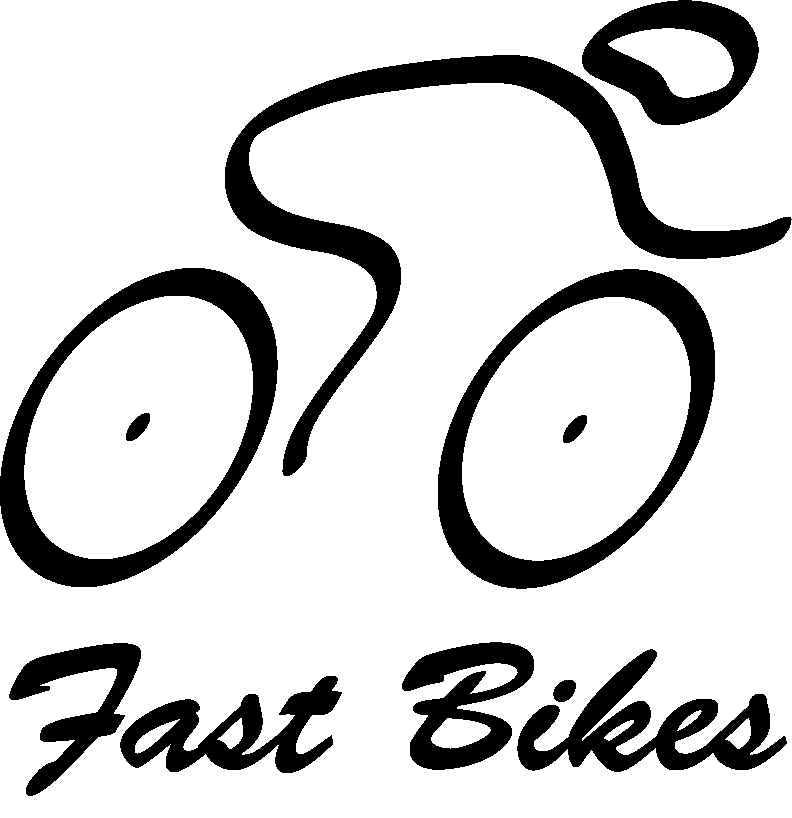
No Compromise
No Excuses
No Limits


|
No Compromise |
 |
Rolling Resistance I've not seen any manufacturer who quotes the rolling resistance of their tyres, yet you'd have thought this was one of the most important performance characteristics. Fortunately, a number of keen individuals and organisations have carried out many tests for us. Several different test methods and protocols are used; some use small diameter rollers (ok), some large (better), and some use a flat surface (best). What this means is that numbers are not strictly comparable between different testers. However, the results from within each tester's group should help you to assess which is the fastest tyre. For examples of rolling resistance data, take a look at some of the excellent work carried out by John Lafford and Al Morrison. Almost all rolling resistance tests are carried out using a smooth surface for the tyre to roll on. On-bike experiments have shown that the roughness of the road surface will increase the rolling resistance, typically by a factor of 1.3 - 1.5. The relative ranking of different tyres usually remains the same, however. Tubulars v Clinchers One thing which Al Morrison's tyre tests make apparent is that tubular tyres are sensitive to how they are glued on; if the glueing is not adequate, then rolling resistance can increase greatly. This may account for why many tests rank tubular tyres worse than clinchers. Very few test reports detail the method of glueing. This does mean that if you want the best rolling resistance from a tubular tyre, you need to glue it on very firmly. In this case, it will not be practical to change the tyre at the roadside if you puncture. This is one of the reasons that tubulars are less popular with triathletes. However, for time-triallists, especially over shorter distances, the race is probably over when the tyre punctures, as any time lost changing a tyre would put you out of serious contention. On the positive side, it is reasonably safe to ride a flat tubular for quite some distance, either to finish the event or to get back to the headquarters. If you're only going to glue a tubular on lightly, in order to make roadside changing feasible, then you may well be better off using clinchers. Tyre Pressure In all the test results I have seen, the rolling resistance decreases with increased tyre pressure. However, anecdotally many people claim that there is a lower optimal pressure (sometimes pretty low) which should be used on 'real' surfaces. Also, many tyre manufacturers recommend running at relatively low pressures. Be aware, though, that their priority may not be on speed, but rather on perceived comfort and avoiding lawsuits from tyres blown off rims. I have yet to see any definitive tests which show that a lower tyre pressure is more efficient, although there is one test quoted in slowtwitch.com, which apparently shows rolling resistance increasing above certain pressure. This is the only demonstration of this effect I have found, and the test conditions are not well defined. Until better evidence is available, I will continue to believe the laboratory tests which suggest 'more is better.'
|
© 2015 RAL Technology |